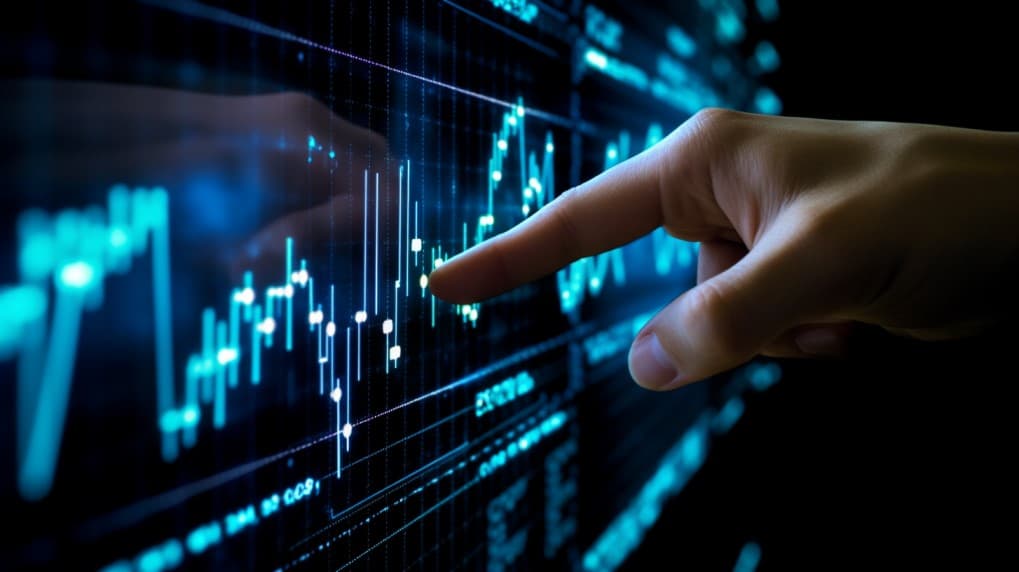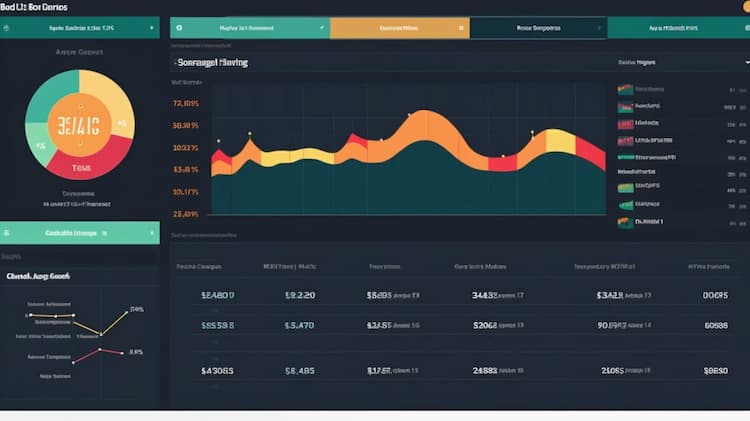
What are the best Rare Earth Metals ETFs
Rare Earth Metals ETFs offer investors exposure to a group of minerals that play a crucial role in various industries, including technology, defense, and renewable energy. These metals, which include elements like neodymium, dysprosium, and praseodymium, are essential for the production of high-tech devices, electric vehicles, and advanced weaponry. Investing in Rare Earth Metals ETFs provides an opportunity to participate in the growth potential of this sector.
One notable Rare Earth Metals ETF is the VanEck Vectors Rare Earth/Strategic Metals ETF (REMX). REMX seeks to track the performance of the MVIS Global Rare Earth/Strategic Metals Index, which includes companies engaged in the exploration, production, and refining of rare earth metals. The fund offers exposure to both miners and processors of rare earth metals, providing a comprehensive approach to investing in the sector.
Comparing Rare Earth Metals ETFs
While REMX is a popular option for investing in Rare Earth Metals, there are other ETFs that investors can consider for exposure to this sector. One such alternative is the iShares MSCI Global Metals & Mining Producers ETF (PICK). Although PICK is not solely focused on rare earth metals, it includes a diverse range of companies involved in the production of various metals, including rare earths. This ETF offers a broader exposure to the metals and mining industry.
When comparing REMX and PICK, it's important to consider the specific investment objectives and risk tolerance of the investor. REMX provides a more targeted exposure to rare earth metals, while PICK offers a broader exposure to the metals and mining sector. Additionally, investors should analyze the composition, performance, expense ratios, and liquidity of each ETF to make an informed investment decision.
 REMX overlap What are the best Rare Earth Metals ETFs?
REMX overlap What are the best Rare Earth Metals ETFs?
Benefits of Investing in Rare Earth Metals ETFs
Investing in Rare Earth Metals ETFs can provide several benefits for investors. Firstly, these ETFs offer a convenient and cost-effective way to gain exposure to rare earth metals without the need to invest in individual stocks. ETFs provide instant diversification by including a basket of companies operating in the sector.
Secondly, investing in Rare Earth Metals ETFs allows investors to capitalize on the potential growth of the rare earth metals industry. With the increasing demand for technology and renewable energy, the need for rare earth metals is expected to rise. By investing in ETFs focused on this sector, investors can potentially benefit from the growth of companies involved in the exploration, mining, and refining of these valuable resources.
Risks and Considerations
As with any investment, there are risks and considerations associated with Rare Earth Metals ETFs. The prices of rare earth metals can be volatile and influenced by factors such as supply and demand dynamics, geopolitical events, and regulatory changes. Investors should carefully evaluate the risks and perform thorough research before making investment decisions.
Additionally, it's important to note that investing in ETFs involves market risk, including the potential for loss of principal. ETFs also have expense ratios and transaction costs that should be taken into account. Investors should consult with a financial advisor or conduct their own due diligence to assess the suitability of Rare Earth Metals ETFs for their investment goals.
Conclusion
Rare Earth Metals ETFs provide investors with an opportunity to participate in the growth potential of the rare earth metals industry. ETFs like VanEck Vectors Rare Earth/Strategic Metals ETF (REMX) and iShares MSCI Global Metals & Mining Producers ETF (PICK) offer exposure to this sector, each with its own characteristics and investment focus. Investors should carefully consider their investment objectives, risk tolerance, and conduct thorough research before investing in Rare Earth Metals ETFs.
Disclaimer: This article is for informational purposes only and does not constitute investment advice. The information provided is based on publicly available sources and the author's analysis. The author is not providing any investment advisory services.
https://finance.yahoo.com REMX ETF issuer
https://finance.yahoo.com/quote/REMX/ REMX ETF official page
FAQ
What are Rare Earth Metals ETFs?
Rare Earth Metals ETFs are exchange-traded funds that provide investors with exposure to companies involved in the mining, production, or distribution of rare earth metals. These ETFs typically hold stocks of companies engaged in the exploration, extraction, refining, and manufacturing of rare earth elements.
What are rare earth metals?
Rare earth metals are a group of 17 chemical elements that are essential in various high-tech applications, including electronics, renewable energy, defense systems, and electric vehicles. These elements have unique magnetic, luminescent, and catalytic properties, making them crucial for technological advancements.
What factors should I consider when choosing Rare Earth Metals ETFs?
When selecting Rare Earth Metals ETFs, consider factors such as the fund's expense ratio, liquidity, tracking error, underlying index or methodology, portfolio diversification, and the specific companies included. It's also important to assess the fund's performance history, management team, and overall investment strategy.
Can you recommend some Rare Earth Metals ETFs?
While I can't provide specific investment advice, some Rare Earth Metals ETFs you may consider researching include VanEck Vectors Rare Earth/Strategic Metals ETF (REMX) and Global X Lithium & Battery Tech ETF (LIT). These ETFs focus on companies involved in the rare earth metals industry and may offer exposure to this sector.
What are the advantages of investing in Rare Earth Metals ETFs?
Investing in Rare Earth Metals ETFs allows for diversified exposure to the rare earth metals industry without the need to select individual stocks. It provides potential access to the growth potential of this sector, which is driven by increasing demand for technology, renewable energy, and electric vehicles. ETFs also offer liquidity and ease of trading on the stock market.





